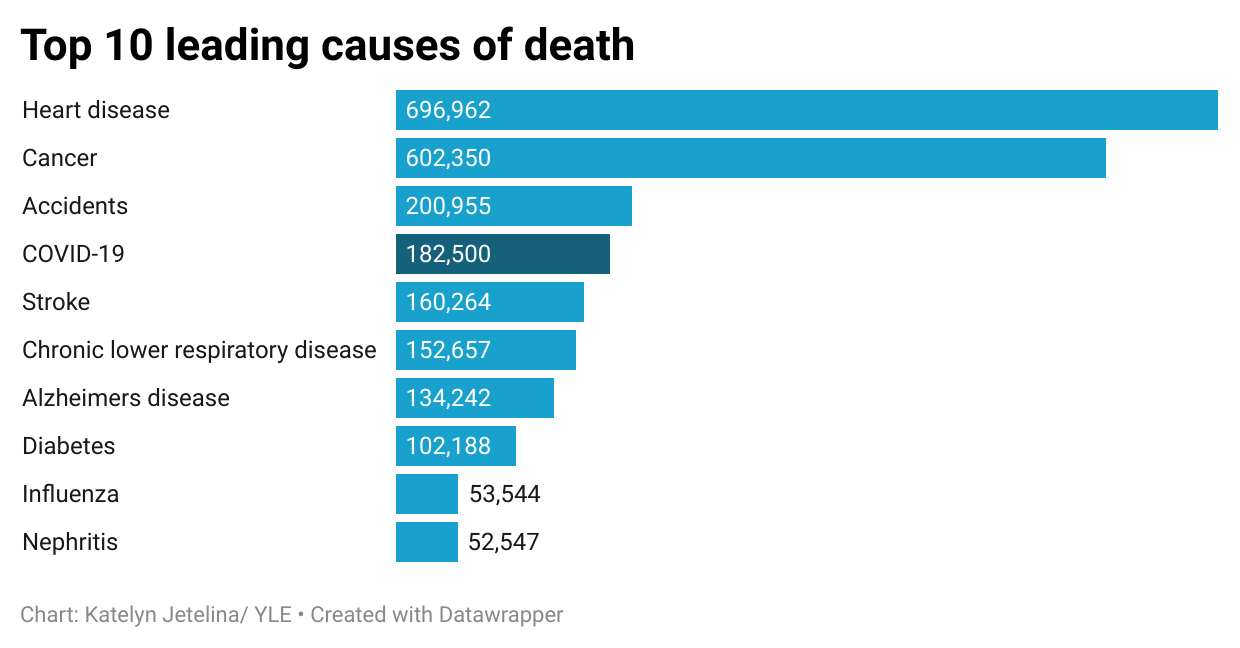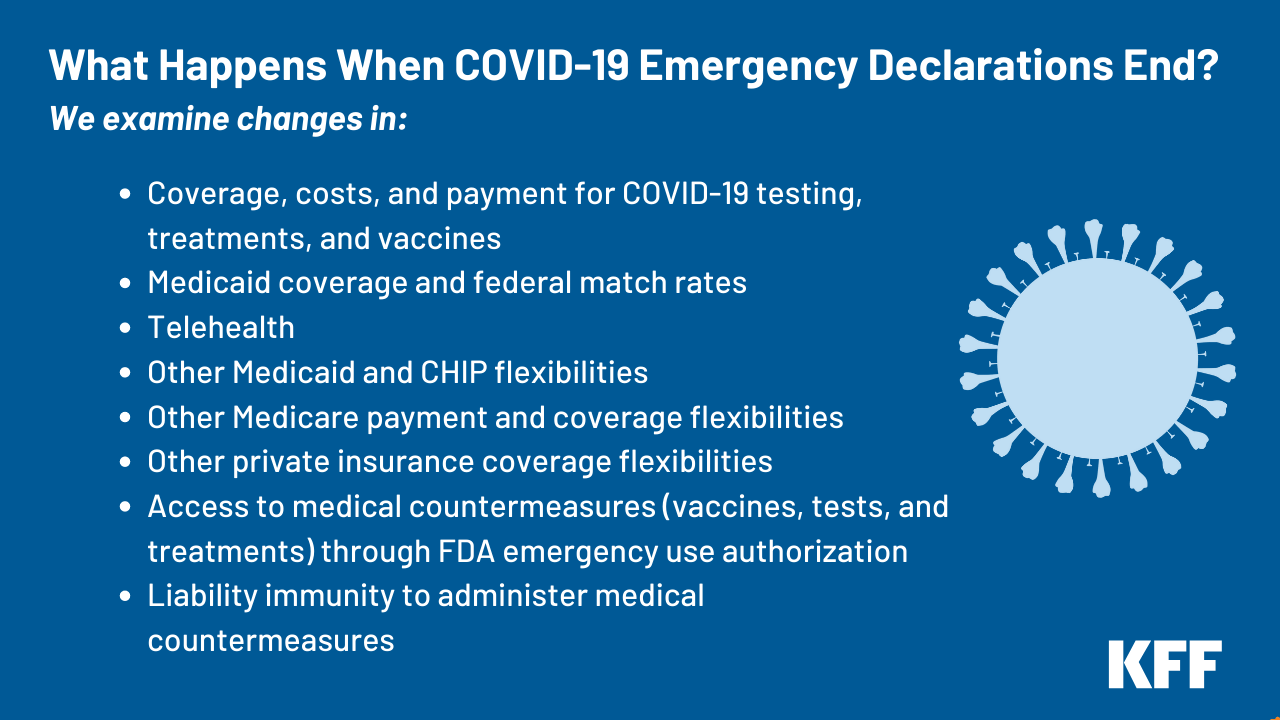"The anger and resentment felt by rural voters toward the Democratic Party are driving a regional realignment similar to the upheaval in the white South after Democrats, led by President Lyndon Johnson, won approval of the Civil Rights Act of 1964,"
retired reporter Thomas B. Edsall
writes for
The New York Times in his latest compilation of research about political trends. They go deep, to the point that rural and urban Americans sometimes seem to inhabit different nations.
Rural America's shift to the right "is one side of a two-part geographic transformation of the electorate," Edsall writes, citing
a 2022 paper by
Jacob R. Brown of
Princeton University,
Enrico Cantoni of the
University of Bologna,
Ryan D. Enos of
Harvard University,
Vincent Pons of
Harvard Business School and
Emilie Sartre of
Brown University.
 |
| Thomas B. Edsall |
Edsall notes the stagnant rural population and quotes Brown: "Rural Republican areas are becoming more Republican predominantly due to voters in these places switching their partisanship to Republican. This is in contrast to urban areas becoming increasingly more Democratic largely due to the high levels of Democratic partisanship in these areas among new voters entering the electorate. These new voters include young voters registering once they become eligible and other new voters registering for the first time."
The state providing the best example is Wisconsin, where Katherine Cramer of the
University of Wisconsin has documented the rural resentment of urban and governing elites, which helped re-elect U.S. Sen. Ron Johnson last year. Cramer said, “It had three elements: (1) a belief that rural areas are ignored by decision makers, including policymakers, (2) a perception that rural areas do not get their fair share of resources and (3) a sense that rural folks have fundamentally distinct values and lifestyles, which are misunderstood and disrespected by city folks.”
Cultural and racial controversies that began in the late 1980s created the urban-rural partisan divide, says
David Hopkins, a political scientist at
Boston College, in his book
Red Fighting Blue: How Geography and Electoral Rules Polarize American Politics. "These controversies included two Supreme Court abortion decisions . . . the
1989 appointment of Ralph Reed as executive director of the
Christian Coalition; the
fire-breathing speeches of Pat Robertson and Pat Buchanan at the 1992 Republican Convention (Buchanan: 'There is a religious war going on in this country. It is a cultural war for the soul of America'); and the 1993 debate about
gays in the military, to name just a few," Edsall writes.
"
Justin Gest, a political scientist at
George Mason University whose research — presented in
The White Working Class and
Majority Minority — focuses on cultural and class tensions, has a different but complementary take, writing by email that the rising salience of cultural conflicts 'was accelerated when the Clinton administration embraced corporate neoliberalism, free trade and moved Democrats toward the economic center. Many differences persisted, but the so-called third way made it harder to distinguish between the economic approaches of Democrats and Republicans.'"
That fuzziness accentuated "the very cultural differences that Gingrich-era Republicans sought to emphasize — on issues like homosexuality, immigration, public religion, gun rights and minority politics. These issues are more galvanizing to the Upper Midwest regions adjacent to the South (West Virginia, Ohio and Indiana) — which are trending more conservative," Gest told Edsall. The Upper Midwest, he said, is "a region unto itself — defined by manufacturing, unions and social conservatism. As the manufacturing industry has moved offshore, union power declined, and one of the richest, most stable parts of America became uniquely precarious inside a single generation. It is now subject to severe depopulation and aging, as younger people who have upskilled are more likely to move to cities like Chicago or New York. They have total whiplash. And Trump’s nostalgic populism has resonated with the white population that remains."
Gest is also highly critical of Democrats' rural approach: "Democrats have effectively redlined rural America. In some corners of the Democratic Party, activists don’t even want rural and white working-class people in their coalition; they may even deride them. Rural and white working-class Americans sense this." And such place-based resentment is “only consistently predictive of vote choice for rural voters,” say
Nicholas Jacobs and
Kal Munis, political scientists at
Colby College and
Utah Valley University, in
a 2022 paper Edsall cites.
As the "stark material divisions" between rural and urban increase, Jacobs and Munis write, "Individuals increasingly live in places that are politically homogeneous. A consequence of this is that,
as Bill Bishop concludes, Americans 'have become so ideologically inbred that we don’t know, can’t understand and can barely conceive of "those people" who live just a few miles away.'"
James Gimpel, a political scientist at the
University of Maryland, told Esdall, "The disrespect is felt most acutely by the fact that dominant cultural institutions, including mass media, are predominantly urban in location and orientation. Smaller towns and outlying areas see themselves as misunderstood and mischaracterized by these media, as well as dismissed as out of touch and retrograde by urban populations. There is a considerable amount of truth in their perceptions."
Edsall writes, "The belief that rural communities have a distinct set of values that are denigrated by urban dwellers" is a stronger electoral factor than economics,
according to research by
Kristin Lunz Trujillo, a postdoctoral research fellow at Harvard’s
Kennedy School, and
Zack Crowley, a Ph.D. candidate in political science at the
University of Minnesota. That view is reinforced by
Maria Kefalas, a sociologist at
Saint Joseph’s University and co-author of
Hollowing Out the Middle: The Rural Brain Drain and What It Means for America.
Kefalas told Edsall, "My best guess would be that it comes down to brain drain and college-educated voters. It has always been about the mobility of the college educated and the folks getting left behind without that college diploma. Not one high school dropout we encountered back when we wrote about Iowa managed to leave the county (unless they got sent to prison), and the kids with degrees were leaving in droves. . . . You see a striking concentration/segregation of folks on both sides who are just immersed in MAGA world or not. . . . People who live in rural America are surrounded by folks who play along with a particular worldview, yet my friends from Brooklyn and Boston will tell you they don’t know anyone who supports Trump or won’t get vaccinated. It’s not open warfare. It’s more like apartheid.”
That brings Edsall to a grim colclusion: "Urban-rural 'apartheid' further reinforces ideological and affective polarization. The geographic separation of Republicans and Democrats makes partisan crosscutting experiences at work, in friendships, in community gatherings, at school or in local government — all key to reducing polarization — increasingly unlikely to occur. Geographic barriers between Republicans and Democrats — of those holding traditional values and those choosing to reject or reinterpret those values — reinforce what scholars now call the
calcification of difference. As conflict and hostility become embedded in the structure of where people live, the likelihood increases of seeing adversaries as less than fully human."























